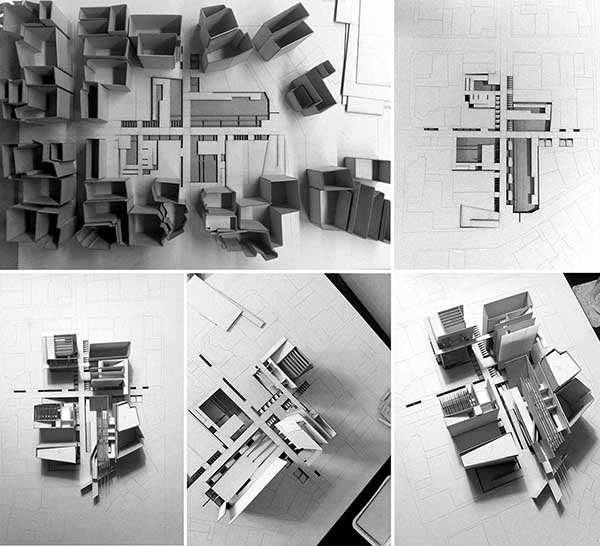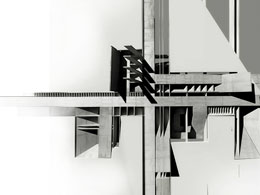STUDENTS PROJECTS
PROJECTS2013
Student : Karolos Michailidis
Professors: Marc Schoonderbeek / Oscar Rommens
University: Technical University of Delft (TU DELFT)
Presentation date: July 2014
Driven by the theme of memory and using the typology of the crossroad as another public building/space, four empty abandoned plots/fragments are chosen, and link into a building complex: a library, an archive of the Greek presence in the neighbourhood, a museum of Greek heritage, and a memory/experience tower for Fener in Istanbul.
Italo Calvino once wrote "The city, does not tell its past, but contains it like the lines of a hand, written in the corners of the streets, the gratings of the windows, the banisters of the steps, the antennae of the lightning rods, every segment marked in turn with scratches, indentations, scrolls."
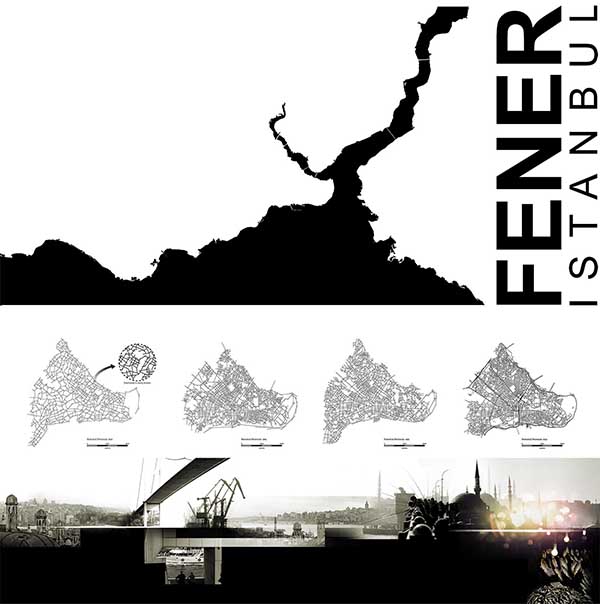
The Public Building_ Border Conditions Studio adopts a broad inclusive perspective toward the notion of design, with a strong emphasis on process-oriented investigations. The decision of my hypothesis and topic of research is, and has been, highly connected with the final outcome of the project, both in its conceptual background but also it its physical form and appearance. The topic of memory and the traces it leaves behind, both material and immaterial, has been the centre of my research and prevailing theme throughout the design, from planning, to process and finally to product.
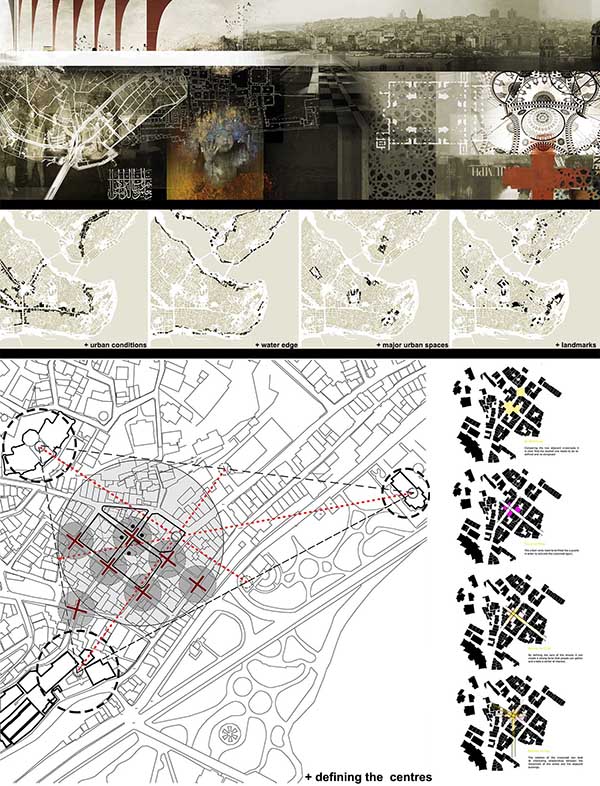
In a way I propose an architectural device to deal with processes of memory accumulation & memory loss where the trace becomes an abstract machine for recording meaning. The understanding of memory as a device and how this can take a form of a ‘memory palace' as a storage place (existing or imaginary) has informed the decisions in both the chosen site and the proposed design and program.
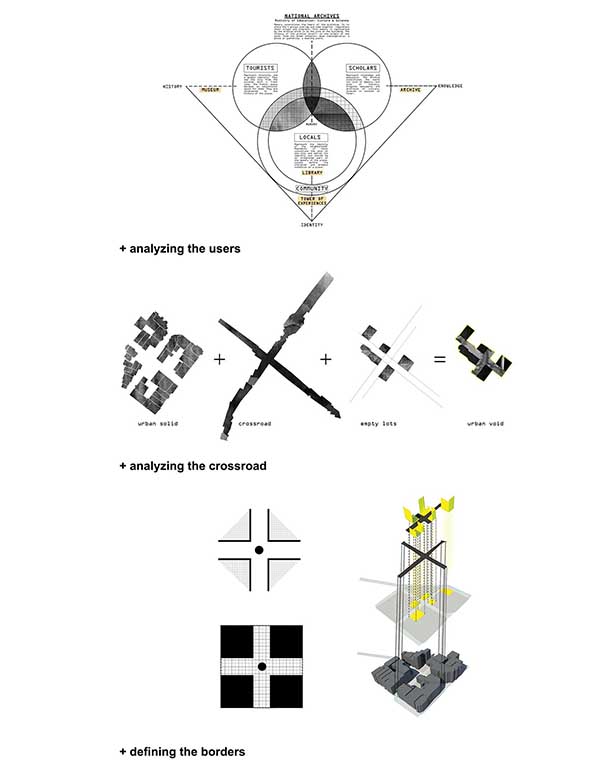
The trace as a notion, from the history of the Greeks in the neighbourhood, to the ambiance of the place, the materials and ruins remaining and the stories of people, becomes a tool upon which the design is based and the link between the past and the present.
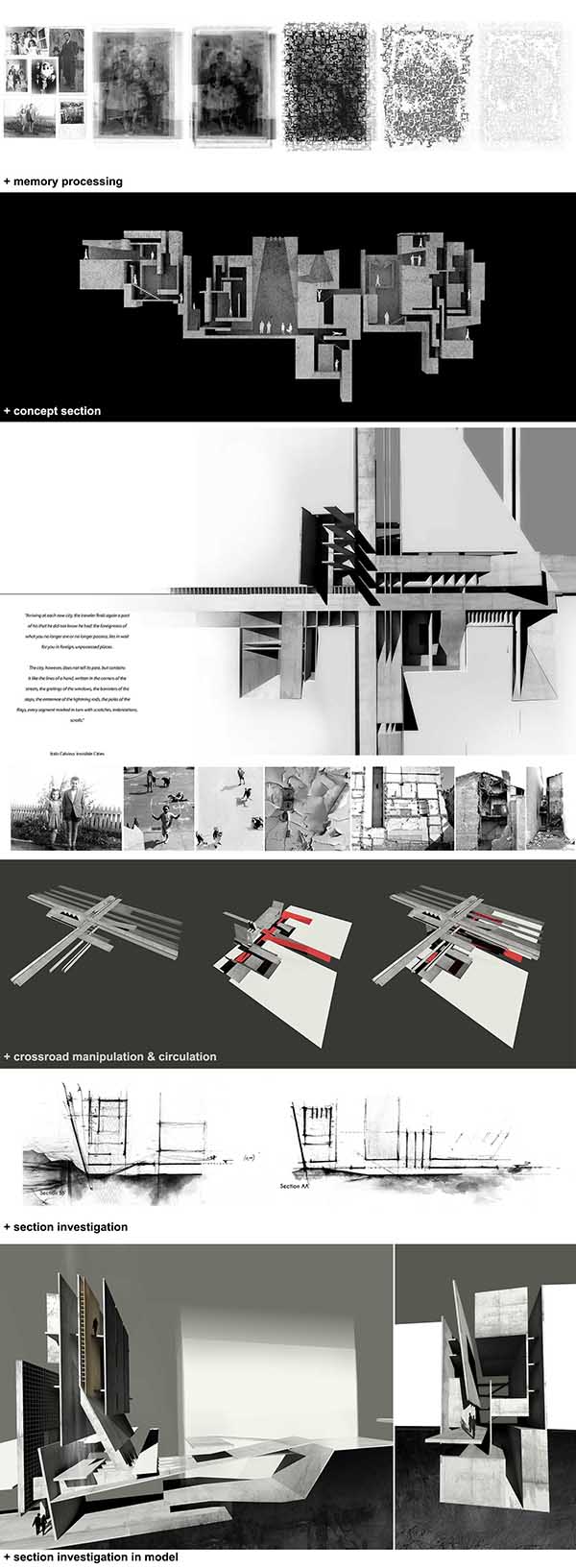
My project outcome is based a lot on the analysis and deep understanding of the topic. Using a set of old pictures, as a physical existence of memory, and analysing them I came to a translation of memories into physical spaces, forms, and compositions: a set of fragments and layers. By defining this analysis as my personal way of mapping memory I distinguished different levels of complexities and interpretations of this technique. Another major aspect occurring from the analysis is the reading of memory as a network, which together with the fragments and surfaces compose the composition of each one of the buildings, and the project as a whole.

The chosen location and site in the given framework of Istanbul is important since the project is location oriented and site specific taking into consideration the urban fabric of the city. The project is seen as a vessel of experiences that absorbs and collects the memories of the neighbourhood, which makes the four interventions highly symbolic and they act as objects that project these memories and manifestate its traces.

The project in highly informed and interacting with the wider social context of Istanbul. The choice of using four empty lots and dividing a building into four parts proposes a way of dealing with the public building and the role of the person as an entity in the public domain. The crossroad as a typology is chosen as the ultimate relationship between public and private and my aim is to introduce a new way of circulating and moving between the streets and through/under/above the buildings. In my proposal I see the crossroad as a hub, both linking the 4 fragments but also penetrating them. The (re) use of the empty lots acts towards a regeneration and reinvention of the streets and neighbourhoods. I believe that crossroads can become centres of interest all around the city and my project acts as a starting point, which could extend, like scattered fragments.
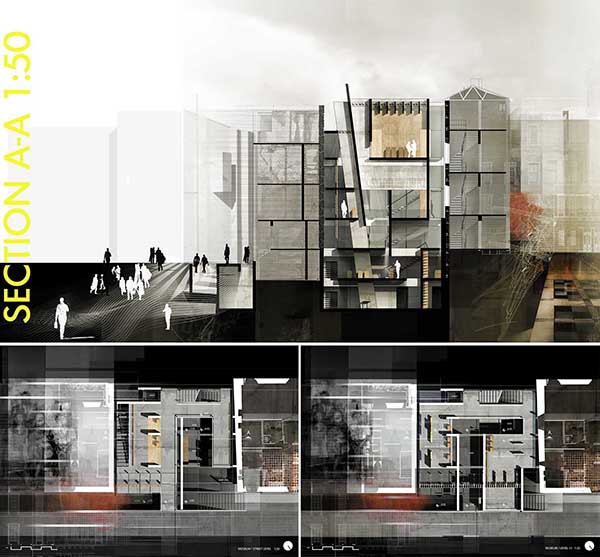
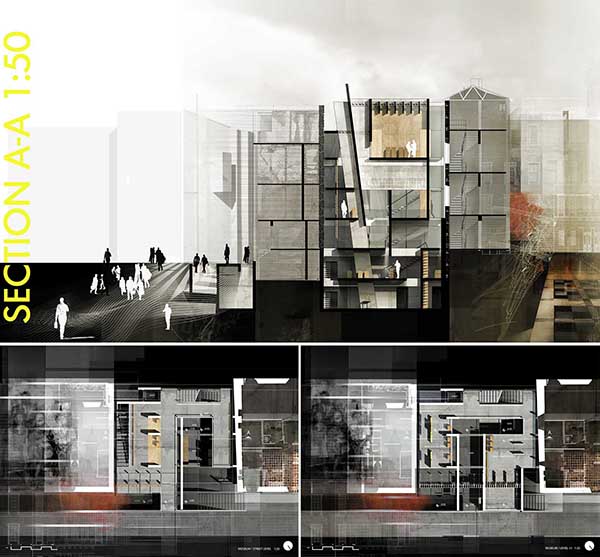
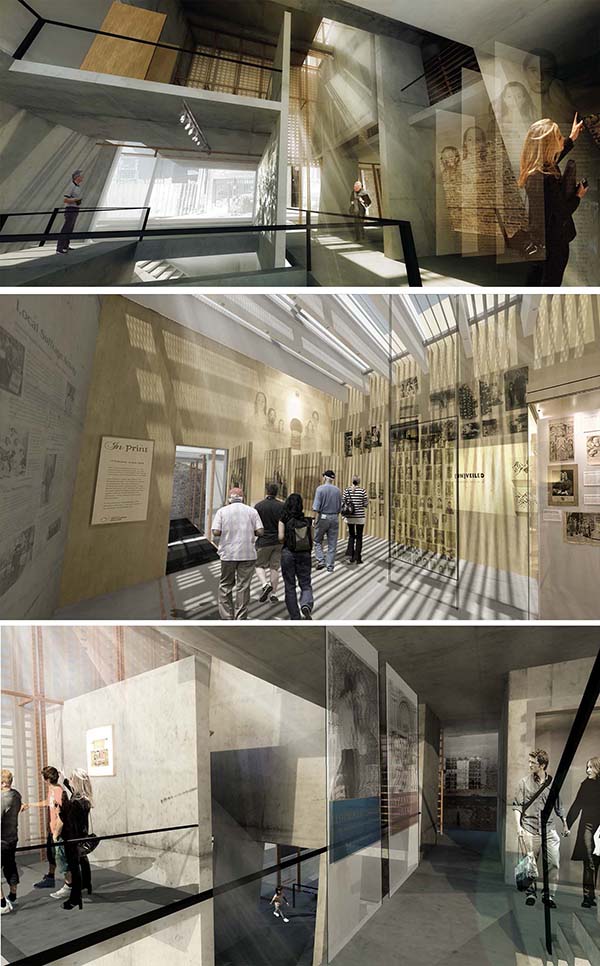
The project can have a strong impact on the wider context by introducing a way to organize and structure the city and act as points of orientation - not only due to the physical presence of the interventions but also because of their important social, cultural, economic, political and symbolic role creating and re-structuring the identity of the place.
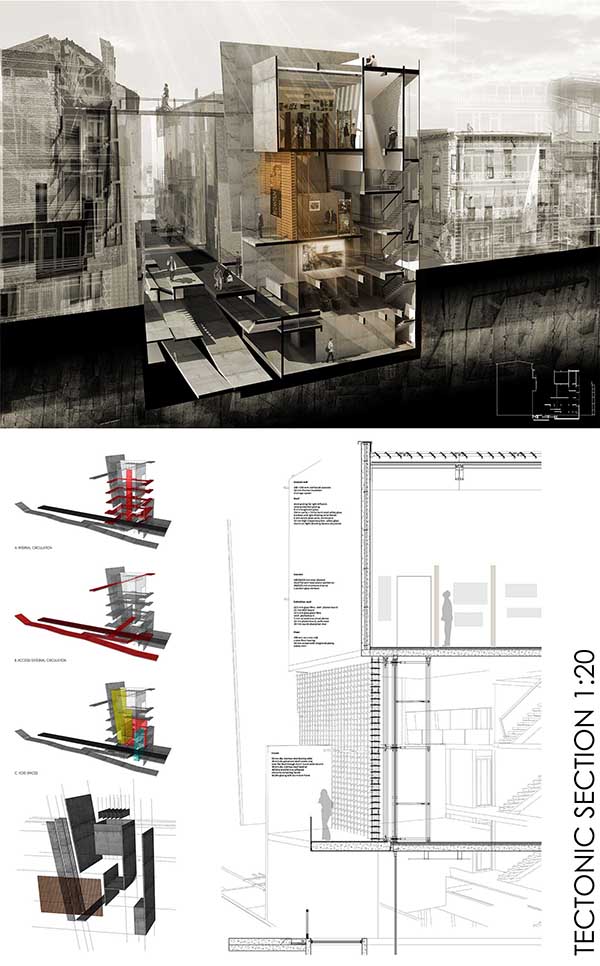
A contemporary ‘memory palace' where each visitor can ‘store' his own memories, creating a personal mental map and linking the past with the present. Furthermore, it helps the preservation of the character and qualities of a neighbourhood, such as Fener, which is protected by Unesco and has a paramount role in the history of the city and each house and street has a story to tell. Eventually this can bring people back to the neighbourhood and revitalize the social mechanism.
